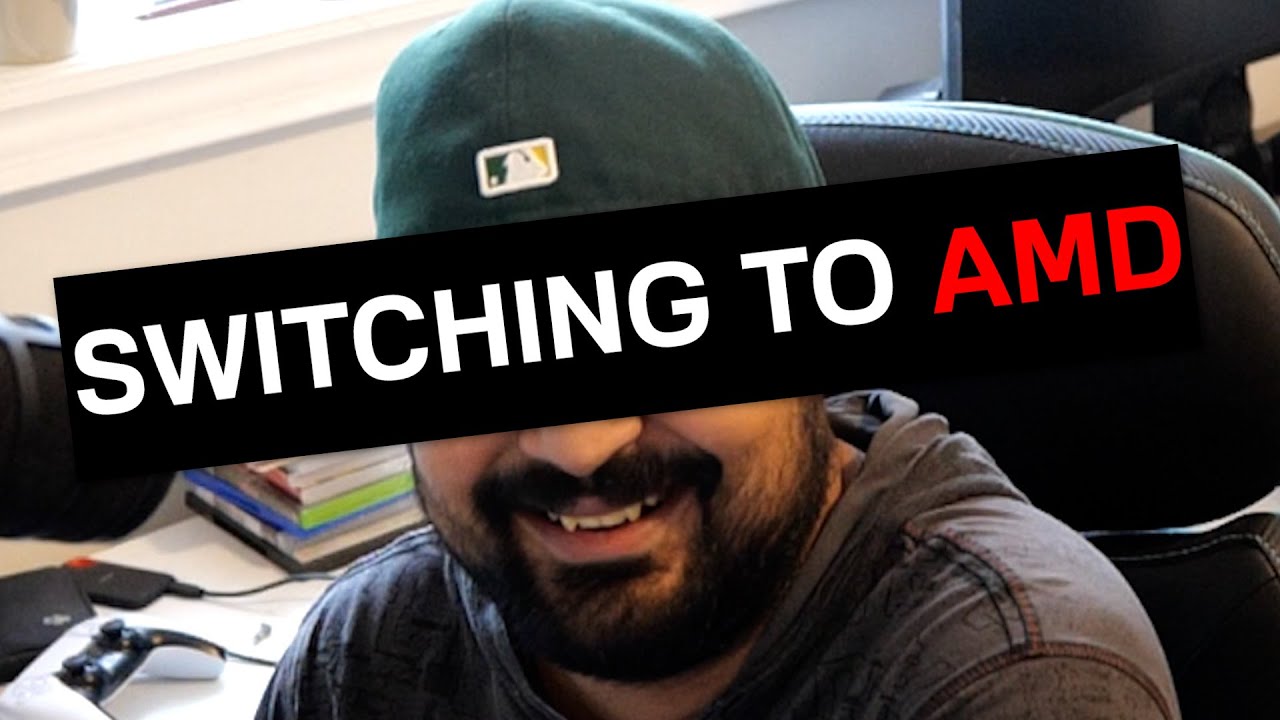In the video, Mudahar explains his decision to stop supporting NVIDIA due to frustrations with limited availability of their GPUs, “paper launches,” and issues faced as a Linux user, prompting him to consider switching to AMD. He acknowledges NVIDIA’s technological advancements but emphasizes the need for competition in the GPU market to drive innovation and better meet gamers’ needs.
In the video, the presenter, Mudahar, expresses his decision to stop supporting NVIDIA graphics cards due to issues like “paper launches” and a desire to explore alternatives, particularly AMD. He acknowledges that NVIDIA’s products have historically outperformed competitors, especially in terms of software enhancements like DLSS and Reflex. However, he feels that the current market dynamics and the limited availability of NVIDIA’s latest offerings have made it frustrating for gamers to acquire new GPUs.
Mudahar highlights the impressive capabilities of NVIDIA’s technology, particularly in games like Cyberpunk 2077, where upscaling techniques allow for a visually stunning experience even at lower resolutions. He appreciates NVIDIA’s efforts to assist in remastering older games through initiatives like RTX Remix, which has revitalized classics such as Half-Life 2 and Need for Speed Underground 2. Despite recognizing these advancements, he feels that the overall gaming experience is becoming increasingly reliant on upscaling technologies, which can sometimes lead to visual compromises, such as blurriness in graphics.
The video also discusses the recent launch of NVIDIA’s 50 series cards, which Mudahar criticizes as a “paper launch” due to the limited availability of units in stores. He shares his frustration over the prevalence of scalpers and bots that dominate the purchasing process, making it nearly impossible for regular gamers to buy new GPUs. This situation has prompted some retailers to implement lottery systems to give loyal customers a chance to purchase these cards, further illustrating the challenges faced by gamers in acquiring new hardware.
Shifting focus to his own experiences, Mudahar explains that as a Linux user, he has found NVIDIA’s support to be lacking compared to AMD. He shares anecdotes about how certain games, like Final Fantasy 7 Rebirth, do not function correctly on Linux with NVIDIA GPUs due to driver issues. In contrast, he has had a much smoother experience using an AMD card, leading him to consider a complete switch to AMD for his next build, despite acknowledging that AMD’s hardware may not match NVIDIA’s performance in certain areas, particularly in ray tracing and upscaling technologies.
Ultimately, Mudahar emphasizes the importance of competition in the GPU market, expressing hope that AMD will step up with its upcoming RX 9000 series cards. He believes that if AMD can provide competitive performance at lower prices, it could challenge NVIDIA’s dominance and drive innovation in the industry. His decision to move away from NVIDIA reflects a broader sentiment among gamers who are seeking alternatives that better meet their needs, especially in a landscape where gaming technology is rapidly evolving.
